The 7.62x54 Degtyarev RPD, the KB-P-345

Vasily Alekseevich Degtyarev was one of the Soviet Union's most talented weapon designers. His most significant achievements were creating the DP-27 light machine gun in 1927, the large-caliber Degtyarev DShK in the 1930s, and the RPD light machine gun, developed in 1944 for an intermediate cartridge.
Before the outbreak of World War II, V.A. Degtyarev and other designers worked on several machine guns that would combine the features of the infantry light machine gun and a heavy, mounted gun. One of Degtyarev's designs is the KB-P-95, and another weapon, designed by an unknown designer, is the KBP-264. Unfortunately, the war forced them to change directions. After the War, the USSR observed the effectiveness of the German concept of the Universal machine gun. The Soviets, inspired by this, made a few attempts to adopt a Single machine gun, which we now call a general-purpose machine gun.
During the war, the USSR used a variety of machine guns, mostly the mounted Maxim 1910 and the infantry Degtyarev DP. Shortly after, these were replaced by the Goryunov SG-43 and the infantry company RP-46, respectively. However, these still did not meet the Soviet army's needs, so they revisited pre-war machine gun developments and German World War II developments for inspiration.
The Gun
From 1944 to 1945, Degtyarev developed the KB-P-345 machine gun in Kovrov. This was a stepping stone from mounted to mobile infantry machine guns. This was a 7.62x39 RPD light machine gun scaled up to 7.62x54. Degtyarev, with the design team of E.K. Aleksandrovich, P.E. Ivanov, and N.A. Bugrov developed the experimental universal machine gun KB-P-345.
The machine gun was a beefed-up RPD, featuring enhancements not found in its predecessor, such as a quick-change barrel. The basic design of the KB-P-345 is no more than a time-proven Degtyarev action taken from the DShK, DP, and RPD.
The KB-P-345 is a gas-operated, belt-fed, air-cooled machine gun. It uses the long-stroke piston system with a three-position gas regulator below the barrel. The bolt is locked using flapper locks that engage on locking shoulders in the receiver. The barrel is quick-change, with the carrying handle attached to it to facilitate the replacement of hot barrels. There is what appears to be a barrel-locking latch on the left side of the receiver, which may turn an interrupted thread collar to lock and unlock the barrel. All of this brought her weight to 22.6 lbs (10.25 kg), which is lighter than the FN Mag, which is 26.1 lbs (11.18 kg) but was not suitable being too heavy. Much of this comes from the milled receiver and heavier-profile barrel.
Due to the RPD design's use of a push-through feed system, its larger counterpart, the KB-P-345, was similar. Although I have not seen any belts specifically designed for this weapon, this was one of the earlier attempts to push a 7.62x54 rimmed cartridge through a belt. It feeds from scaled-up 100-round RPD drums attached in the same manner as the RPD. With the addition of the KB-P-345 quick-change barrel, the bipod has been relocated from the muzzle of the RPD to the gas tube of the KB-P-345. Although forward muzzle-mounted bipods are more accurate, they make barrel changes more interesting.
The KB-P-345 features tripod mounting points. The tripod pictured has coarse or bold adjustments, achieved by loosening the locking mechanism. No fine incremental adjustments are visible to either elevate or depress the gun. By design, the focus appears to be on providing a stable gun platform, which tightens dispersion but limits overall effectiveness with no proper traverse and elevation mechanism, likely meeting the Soviet requirements of the day.
The KB-P-345 features a machine gun club foot stock for use with the gunner's left or support hand while shooting, providing additional support for the weapon. Like the RPD, there should be a compartment for a tool kit.
The KB-P-345 was reportedly tested in 1945, and only a small excerpt of the result exists. It only states that the KB-P-345 machine gun was tested and failed. As for its little brother, the RPD has a very successful history worldwide. During the Vietnam War, the US Navy SEALs and Military Assistance Command, Vietnam – Studies and Observations Group (MACV-SOG) favored the weapons, significantly when they modified them with shorter barrels and silenced the ammunition drums with a plastic or whatever was available to reduce the noise signature of ammunition bouncing around. If the KB-P-345 progression had offered a heavier-hitting version of the RPD and met the right end-users, we might have seen similar modifications.
Sources:
Encyclopedia of Kovrov weapons 1918-1966, compiled by M.I. Chernogubov
Weapons of Victory by Yu.A. Natsvaladze

Lynndon Schooler is an open-source weapons intelligence professional with a background as an infantryman in the US Army. His experience includes working as a gunsmith and production manager in firearm manufacturing, as well as serving as an armorer, consultant, and instructor in nonstandard weapons. His articles have been published in Small Arms Review and the Small Arms Defence Journal. https://www.instagram.com/lynndons
More by Lynndon Schooler
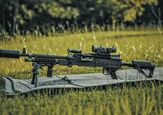
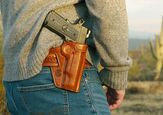
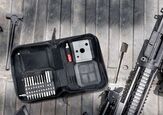
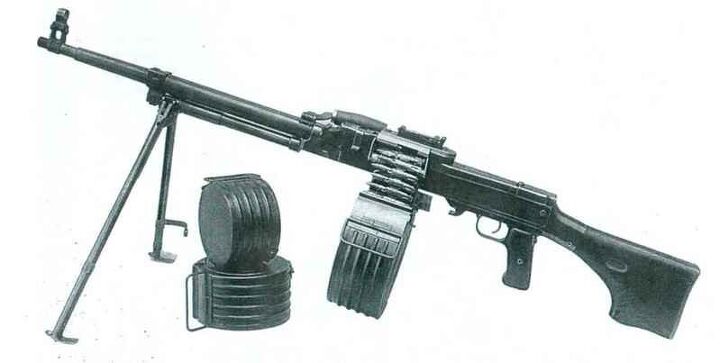





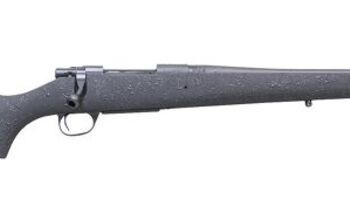
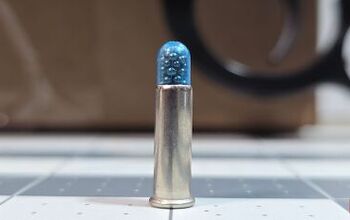
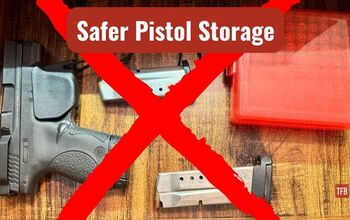
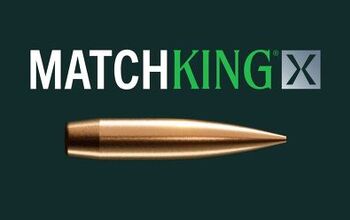
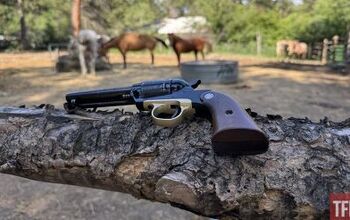

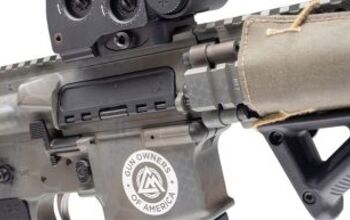
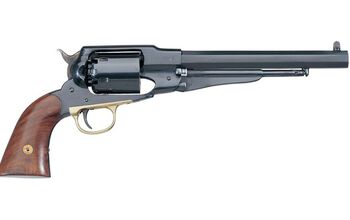

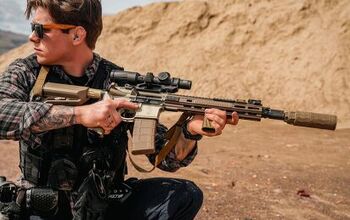


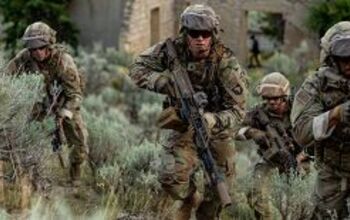

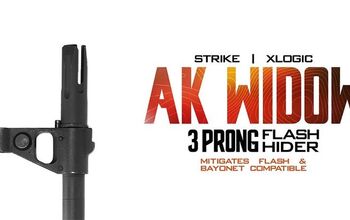



Comments
Join the conversation